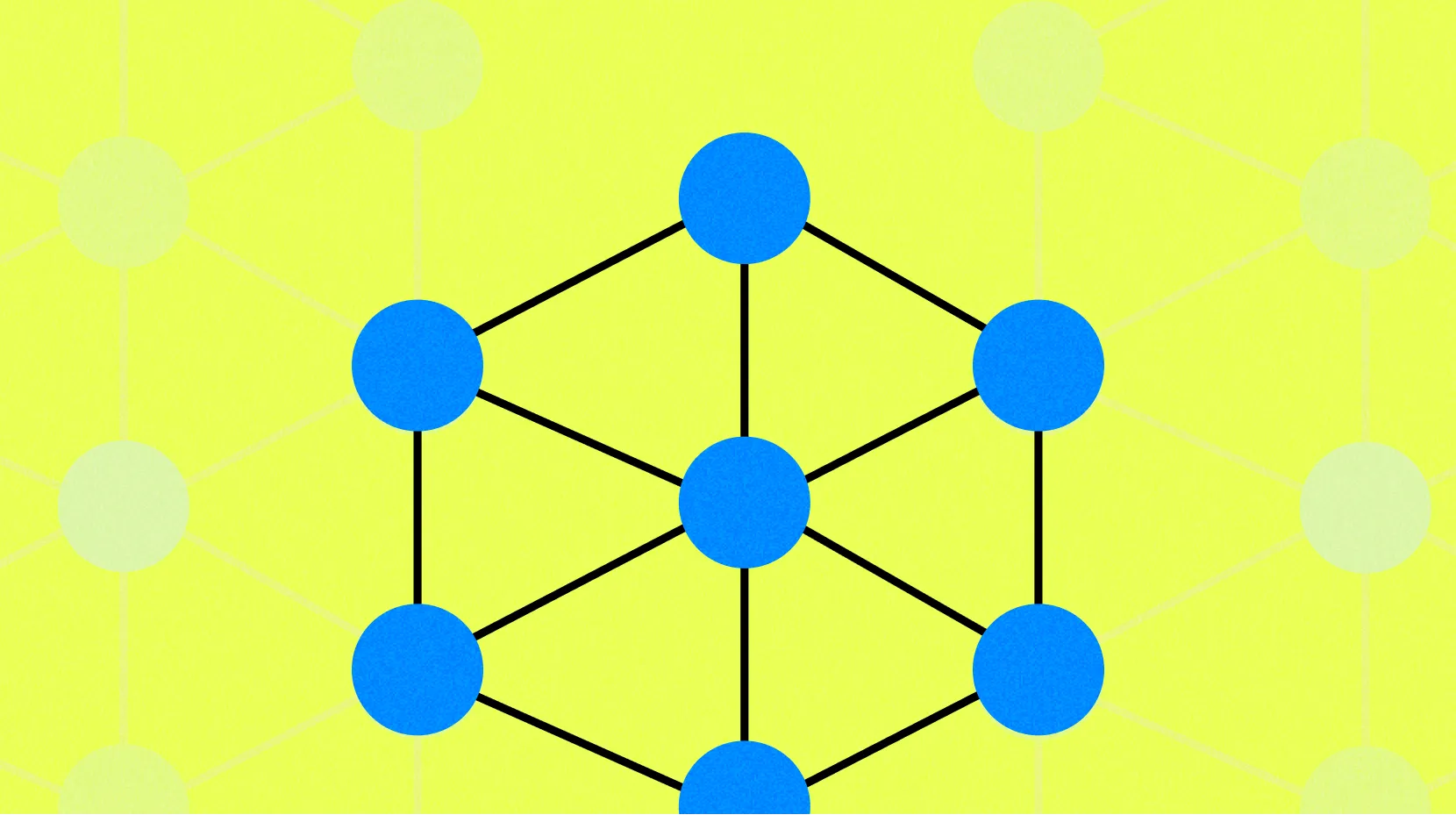Componentes centrales y economía de Token
Esta sección explora en profundidad la estructura técnica de la Red Secret, centrándose en los 'Contratos Secretos' que admiten entradas, salidas y estados cifrados. A diferencia de las características principales de la cadena de bloques tradicional basada en la transparencia, los contratos secretos protegen la privacidad mientras ejecutan aplicaciones descentralizadas (dApps). Además, esta sección analiza el estándar de tokens SNIP-20, que mejora las características de privacidad de las transacciones de tokens, y el token SCRT, que es el token nativo funcional de la red utilizado para gobernanza, tarifas de transacción y apuestas, siendo una parte fundamental de la operación de la red.
Contrato de confidencialidad
El contrato secreto es el pilar central de la arquitectura de privacidad de la Red Secret. A diferencia de los contratos inteligentes tradicionales de acceso público, el contrato secreto garantiza que los datos involucrados en los cálculos se mantengan privados. Esto significa que las entradas, salidas e incluso el estado del contrato están encriptados, lo que hace que la Red Secret sea la plataforma ideal para aplicaciones que requieren un alto nivel de confidencialidad.
La privacidad del contrato de confidencialidad se garantiza principalmente mediante Entornos de Ejecución Confiables (TEE, por sus siglas en inglés). TEE proporciona un área segura dentro del procesador para asegurar que los datos en proceso no puedan ser vistos por nadie fuera del entorno, incluso los nodos que realizan el cálculo. Esta configuración es crucial para mantener la integridad y confidencialidad de los datos.
La tecnología TEE garantiza que, aunque la lógica del contrato es pública, sus detalles específicos (como entradas/salidas) siempre se mantienen en secreto. Este sistema no solo puede defenderse de ataques externos, sino también de amenazas internas, estableciendo así un nuevo estándar en la protección de la privacidad en el campo de blockchain.
El funcionamiento de los contratos inteligentes
- CifradoCuando los usuarios envían datos a un contrato seguro, los datos se cifran automáticamente al ingresar y se mantienen en estado cifrado durante todo el proceso de manejo.
- Manejo en TEEs: El procesamiento de datos cifrados se lleva a cabo en el entorno de ejecución confiable (TEEs) de los nodos de la Red Secret. Esto asegura que, incluso cuando se utilizan datos en contratos inteligentes, ninguna de las partes (incluidos los operadores de nodos) puede acceder o ver el contenido de los datos.
- Autorizar al usuario para descifrarLa salida del contrato de confidencialidad solo puede ser descifrada y vista por usuarios autorizados explícitamente a través de la clave de cifrado, lo que garantiza la confidencialidad de los datos.
La fortaleza de este sistema radica en su capacidad para admitir una variedad de escenarios de aplicación, desde transacciones financieras privadas hasta sistemas de votación seguros, que requieren altos niveles de confidencialidad y seguridad. Al combinar el entorno de ejecución confiable (TEEs) con la tecnología blockchain, Secret Network ofrece una solución única que satisface la transparencia y seguridad de la cadena de bloques, al tiempo que protege estrictamente la privacidad de las aplicaciones sensibles.
El modelo económico de los tokens SNIP-20 y SCRT

Estándar de Token SNIP-20
El estándar de token SNIP-20 en la Red Secret tiene como objetivo mejorar la funcionalidad de privacidad de los tokens de blockchain, similar al estándar ERC-20 de Ethereum, pero con características avanzadas de privacidad. Este estándar permite que los tokens creados encripten y protejan información como saldos, montos de transacción y direcciones de recepción.
Las características clave de los tokens SNIP-20
Protección de privacidad por defecto:
El estándar SNIP-20 garantiza que todas las interacciones (incluidas las transferencias y consultas de saldo) deben ser ingresadas de forma encriptada y mantenerse en estado encriptado, lo que permite que las actividades financieras de los usuarios se mantengan privadas de forma predeterminada.Ver clave:
Los tokens SNIP-20 utilizan un mecanismo de 'clave de visualización' para proporcionar acceso controlado a la información del token. Esto significa que los titulares de tokens pueden compartir detalles de sus transacciones o saldos con partes específicas, como auditores u oficiales de cumplimiento, sin tener que hacer pública esta información.Interoperabilidad:
A través de CosmWasm, los tokens SNIP-20 son compatibles con la arquitectura de Cosmos IBC, lo que les permite tener interacción entre cadenas y mejorar su accesibilidad en varias redes blockchain.
Token SCRT

SCRT es el token de utilidad nativo de la Red Secreta y es esencial para el mantenimiento y funcionamiento de la red. SCRT se utiliza para pagar las tarifas de gas en la red, compensando a los validadores por los servicios de computación y procesamiento de transacciones. Los titulares de SCRT participan en la gobernanza de la red y pueden votar sobre propuestas que afecten a las actualizaciones de la red, los cambios de parámetros y la introducción de nuevas funciones. SCRT puede ser apostado por los validadores, o delegado por los poseedores de tokens a los validadores, proporcionando seguridad para el mecanismo de consenso de la red y recibiendo recompensas de staking a cambio.
Mecanismos de gobierno y participación
El modelo de gobernanza de la Red Secret permite a los poseedores de SCRT influir en la dirección futura de desarrollo de la red mediante la presentación de propuestas y la votación, asegurando un camino de desarrollo impulsado por la comunidad. A través del staking, SCRT proporciona seguridad a la red, y los validadores y delegadores tienen un interés directo en la integridad y rendimiento de la red, lo que los motiva a mantener su estabilidad y rendimiento.
Secret Bridges admite la conversión de tokens no secretos (como ETH o BNB) de otras blockchains en tokens Secret que cumplen con el estándar SNIP-20. Los tokens convertidos heredan la función de privacidad del estándar SNIP-20, convirtiéndose en activos cifrados que protegen los datos de las transacciones.
Distribución de Token
En cuanto a la distribución de Token, Secret Network asigna el 44,12% de los tokens a la comunidad, lo que refleja su compromiso con el crecimiento descentralizado y basado en la comunidad; el 21,18% de los tokens se utilizan para apoyar el desarrollo continuo del equipo y el liderazgo del proyecto, y generalmente tienen un período de pertenencia de 2 a 4 años, en línea con los contratos de empleo o asesoramiento del equipo, asegurando un enfoque a largo plazo en el éxito del proyecto; el 17,65% se asigna al tesoro de Enigma y sus partes relacionadas, lo que refleja el papel central de Enigma en el origen del proyecto y proporciona apoyo de recursos para futuros planes estratégicos; el 11,76% se asigna al fondo del ecosistema, fomentando el desarrollo de aplicaciones de protección de la privacidad y promoviendo el crecimiento general de la red; el 4,71% de los tokens se utilizan para apoyar el mecanismo de inflación, manteniendo la sostenibilidad de las recompensas por apuestas; el 0,59% se asigna a la fundación, para apoyar los recursos públicos y el mantenimiento del ecosistema. Esta estrategia de distribución de tokens refleja un doble compromiso con el desarrollo a largo plazo y el crecimiento saludable del ecosistema de tecnología de privacidad.





